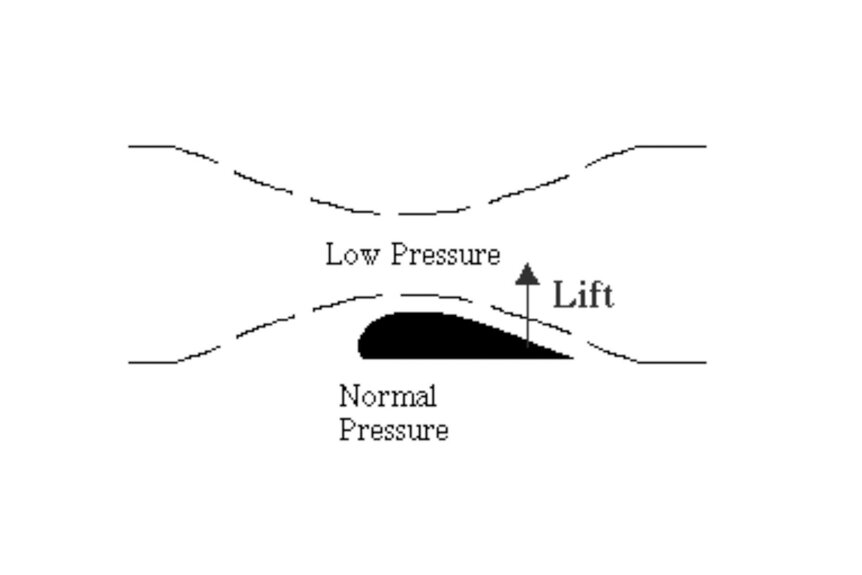Create a free profile to get unlimited access to exclusive show news, updates, and more!
How Olympic Sailors Are Able to Sail Against the Wind
They use a combination of physics, math, and centuries of hard-earned skill.
Olympic sailing, like any other race, is about getting from point A to point B faster than your competitors. In a foot race, that’s a simple matter of running faster than anyone else. In an automobile race, it’s about having a powerful engine, a sleek frame, and making tight turns. On the water, without an engine, winning is about catching the wind better than anyone else.
Unlike those other ground-based races, which each have their own internal power (the runner’s muscles or the car’s engine) sailors can’t control the direction of the wind. To win, they often have to sail sideways with respect to the wind, or even toward it. Here’s how Olympic sailors use ancient sailing methods to move their boats in seemingly impossible directions.
The Secret to Sailing Against the Wind
The simplest form of sailing is going in the direction of the wind. If the wind is coming from directly behind you then it pushes on the sail, which pushes on the boat, and you move forward. That’s great, but it only works if the wind is blowing in the direction you want to go. Most of the time, sailors have to deal with wind that isn’t quite moving in the direction they need. The secret is thinking of a sailboat more like an airplane turned on its side.
RELATED: Olympic Sailing 2024: Where to Watch, Full Schedule
Airplanes work by moving air over the wings. The shape of each wing makes the air above it take a longer curved path over the top, which creates an area of low pressure. The difference in air pressure above and below the wing creates lift and the plane flies. When wind hits the sail of a sailboat, the cloth material billows and curves, creating a shape similar to an airplane wing. The air on the outside of the sail has to take a longer path, an area of low pressure develops on the outside face of the sail, and the sailboat experiences lift.
In an airplane, the lift force pushes the airplane up, but in a sailboat the lift force on the sail pushes it mostly to the side and a little bit forward. That’s where the keel of the boat comes in.
The keel is a long, slender structure that sticks into the water from underneath, and it works like the second wing of our sideways airplane. As water moves over the keel, it creates the same sort of lift forces as the sail, but they are pointing mostly to the opposite side and a little bit forward. The two sideways forces even out and all that’s left is forward motion.
RELATED: Let Beyonce Get You Hyped to See Team USA Compete at the Summer Olympics (VIDEO)
To get an idea of what’s going on, imagine squeezing a wet bar of soap in your hand. The bar is getting pressure from opposing directions, but they all cancel out and the soap shoots through your fingers and across the bathroom. The secret to Olympic sailing, or any sailing really, is angling the sail to apply the right squeeze and control the direction of travel. In that way, they can always get where they’re going, no matter what direction the wind blows.
Complete schedule for Olympic sailing events
Sunday, July 28
6:00 a.m. ET: Windsurfing, Skiff (Day 1)
Monday, July 29
6:00 a.m. ET: Windsurfing, Skiff (Day 2)
Tuesday, July 30
6:00 a.m. ET: Windsurfing Skiff (Day 3)
Wednesday, July 31
6:00 a.m. ET: Windsurfing, Skiff Day 4
Thursday, August 1
6:00 a.m. ET: Skiff Medal Races & more
Friday, August 2
6:00 a.m. ET: Windsurfing Medal Series & more
Saturday, August 3
6:00 a.m. ET: Dinghy, Mixed Multihull Opening Series
Sunday, August 4
6:00 a.m. ET: Dinghy, Mixed Multihull, Kite Opening Series
Monday, August 5
6:00 a.m. ET: Dinghy, Mixed Multihull, Kite Opening Series
Tuesday, August 6
6:00 a.m. ET: Men's & Women's Dinghy Medal Races, Kite & more
Wednesday, August 7
6:00 a.m. ET: Mixed Dinghy, Mixed Multihull Medal Races, & more
Thursday, August 8
6:00 a.m. ET: Men’s & Women’s Kite Medal Series
How to Watch the Summer Olympic Games
Every day during the Summer Olympics, NBC will offer fans at least nine hours of daytime coverage of the Games’ most exciting events, including live finals coverage of swimming, gymnastics, track and field, and more. Considering the time difference (Paris is six hours ahead of the U.S.’s Eastern time zone), fans will be able to watch the day’s most popular events live on NBC in the morning and afternoon. NBC will also deliver an enhanced Olympics primetime show each night, providing three hours of must-see entertainment.
In addition, every event from the Summer Olympics will be broadcast live on Peacock, which will be home to an innovative Olympics hub that will include "curated rails of live and upcoming events, dedicated in-depth hubs for nearly 40 sports, medal standings and an interactive schedule."




















